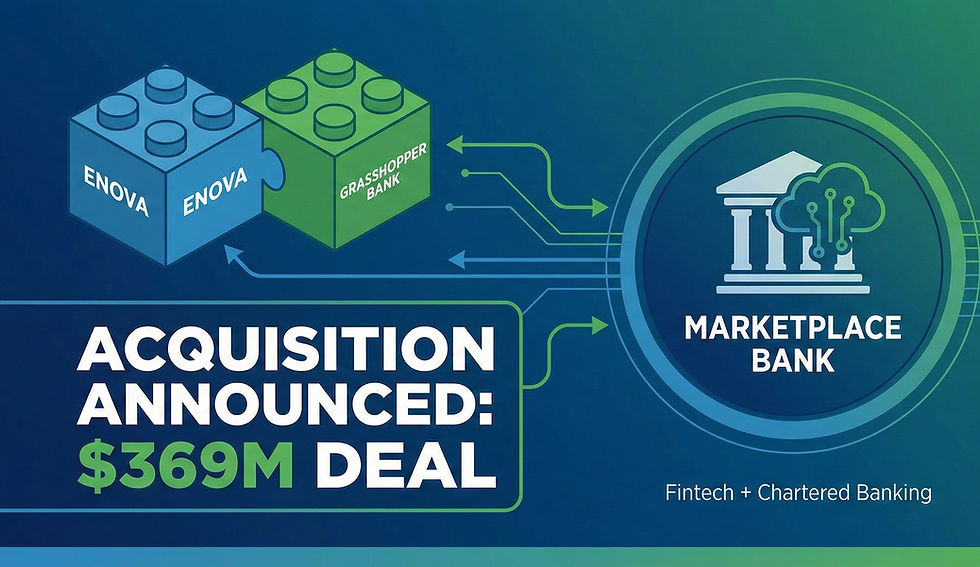Sending Submissions Via API
- Shane Mahabir

- Feb 14, 2023
- 3 min read
Updated: Feb 15, 2023
Brokers and funders of all types have been using APIs for submissions for years now but it's still not as commonplace as it should be since the benefits are many. Not all funders are set up for receiving submissions via API and most brokers are not and don’t think it's necessary to do so given their circumstances. But what are the benefits and how would a broker get set up to start using an API to send submissions? Let's discuss this.
First some background
APIs are mechanisms that enable two software components to communicate with each other using a set of definitions and protocols. An example of an API is the Google Maps API. The Google Maps API provides developers with a set of tools to embed Google Maps into their own applications and also allows for customization of the maps' appearance and functionality.

A few years ago I oversaw the implementation of an API between the funder I was working for and the ISO that I onboarded who was a large volume producer. While I was not the technical guy in the process, I managed the project and saw how things could run much more efficiently when complete. If both teams communicate properly the API implementation for a funder could get done in a timely manner. That timeline will depend on each team's capability and the complexity of any changes that need to be made to existing software.
Speaking with a representative from Lendini, they encourage all ISOs to get set up with their API as it helps speed up the underwriting process on their end which saves time for everyone, it minimizes errors, and they prioritize the ones coming in from APIs.
Those two reasons plus better security and improved scalability are among the top reasons ISOs should use API’s for submissions and anything else any funder allows through their platform.
So instead of sending your submission via email, or getting the wrong email address in the first place, attaching the documents, labeling everything properly, and making sure the file types are acceptable and doing that for multiple different funders for the same file, you can get connected to a funders API to have all of that sent from your CRM which can free up more time to sell and overall improve your operation.
If you are a broker, you need to find out which funders already have an API.
If you are a funder who does not have an API you should consider the benefits to your business.
Here is a general guide on how to go about getting an API implemented
Choose an API provider/funder: You'll need to do some research to find out which funders/lenders already have APIs. Look for a provider that makes it easy to install and use, has good documentation and support, and is cost-effective.
Obtain an API key: Once you've chosen an API provider, you'll need to obtain an API key, which is a unique code that identifies your account and allows you to access the API.
Integrate the API into your business software: Depending on the API provider, this step can involve writing code, configuring settings, or using a plugin. The API provider's documentation should provide guidance on how to do this.
Test the API: Before you start using the API you need to test it with whomever you are going to be using it with. It's important to test it to make sure it's working correctly. Most API providers offer a testing environment for this purpose.
Start sending information: Once you've tested the API, you can start using it to send information to the funder. This can involve setting up automated workflows that trigger the API to send information based on certain events or actions.
With some tweaks to this guide, you will be off and running in no time.
Leave a comment below if you have an API or use one to submit deals.




Comments